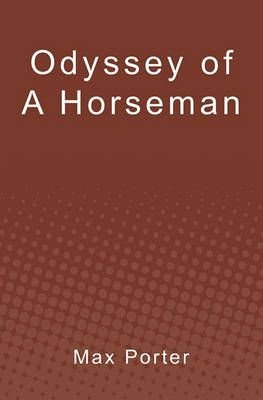


I used to get this a lot, but I’m more accustomed to the sound of the village now. Lanny’s Dad: I woke up fists clenched and buzzing, certain of someone downstairs. Memory swings like a hard dirt rudder then slips up with a boom and a crack and catches the wind. Pete: My father would have me count his coppers on a Sunday morning. The writing is lyrical, and each voice has its own rhythm and tone. We have seen the village torn apart by the fear of the unknown. Everyone is wiser and some characters are dead. In the third part, as if in a dream, the story comes to a conclusion and village life returns to its more even pulse. Lanny has represented some kind of hope for them all and now that is endangered. Pete, his father his mother, everyone in the village. Lanny has gone missing, and everyone is suspected. In the second part, everything is much more urgent, less signposted. Lanny’s mother asks an artist, Pete, to give Lanny art lessons every week, although Pete sees it more as two observers sharing what they see. Dead Papa Toothwort, a kind of Green Man, is also out and about in the village. In the first part several villagers speak, mostly about Lanny, a young boy whom everyone likes, and who seems to have an affinity for nature. This is the everyday noise, complaints, comments, gossip of village life.

Throughout the novel villagers’ overheard comments are spread about the pages, like worms or threads. The story is told in three parts, each structured differently.


 0 kommentar(er)
0 kommentar(er)
